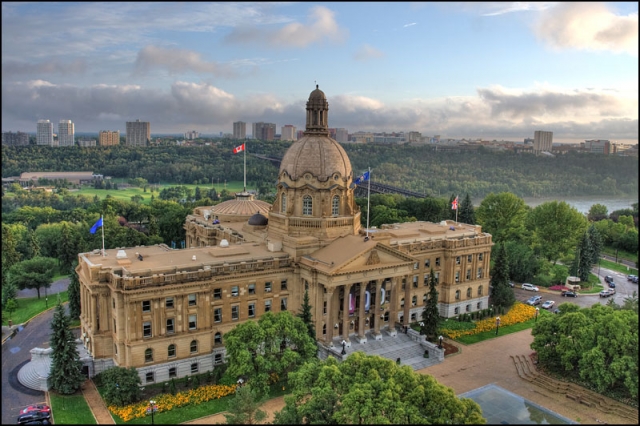Controlling spending in good times would have meant $4.4 billion surplus today—not $5 billion-plus deficit
Had the Alberta government increased spending more prudently over the past decade, the province would today enjoy a surplus, finds a new study released today by the Fraser Institute, an independent, non-partisan Canadian public policy think-tank.
“The view that falling oil prices are chiefly to blame for Alberta’s deficit is false. The real source of the problem is many years of rapid growth in government spending,” said Charles Lammam, director of fiscal studies at the Fraser Institute and co-author of Alberta’s Budget Deficit: Why Spending Is To Blame.
For example, had the government limited program spending increases since 2004/05 to keep pace with increasing overall prices (inflation) and a growing population, the surplus today would be $4.4 billion instead of the projected $5.9 billion deficit—a difference of $10.3 billion.
Alternatively, had the government limited spending increases more modestly, to the growth rate of the provincial economy, Alberta would still enjoy a $1.9 billion surplus.
In reality, however, between fiscal years 2004/05 and 2014/15, provincial program spending increased by 98.3 per cent—nearly double the rate of inflation and population growth combined (52.1 per cent) and significantly more than the pace of provincial GDP growth (88.6 per cent).
Consequently, Alberta faces its seventh deficit in eight years and a return to a net debt position (where the total value of government debt exceeds financial assets) for the first time in more than 15 years.
“Successive Alberta governments failed to restrain spending growth during the good times, and now that the boom has ended, the province is mired in red ink,” Lammam said.
Story originated at The Nelson Daily
























